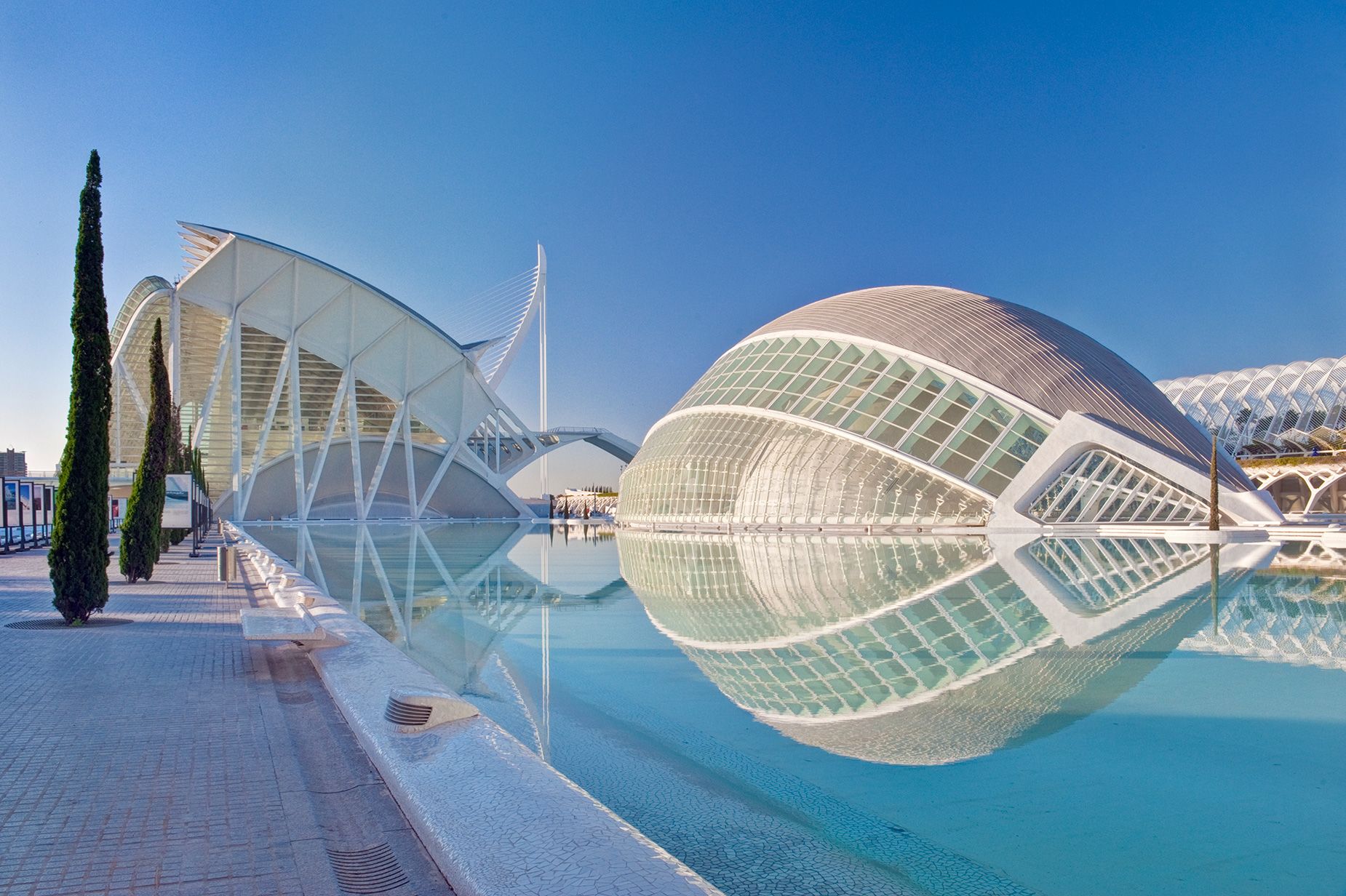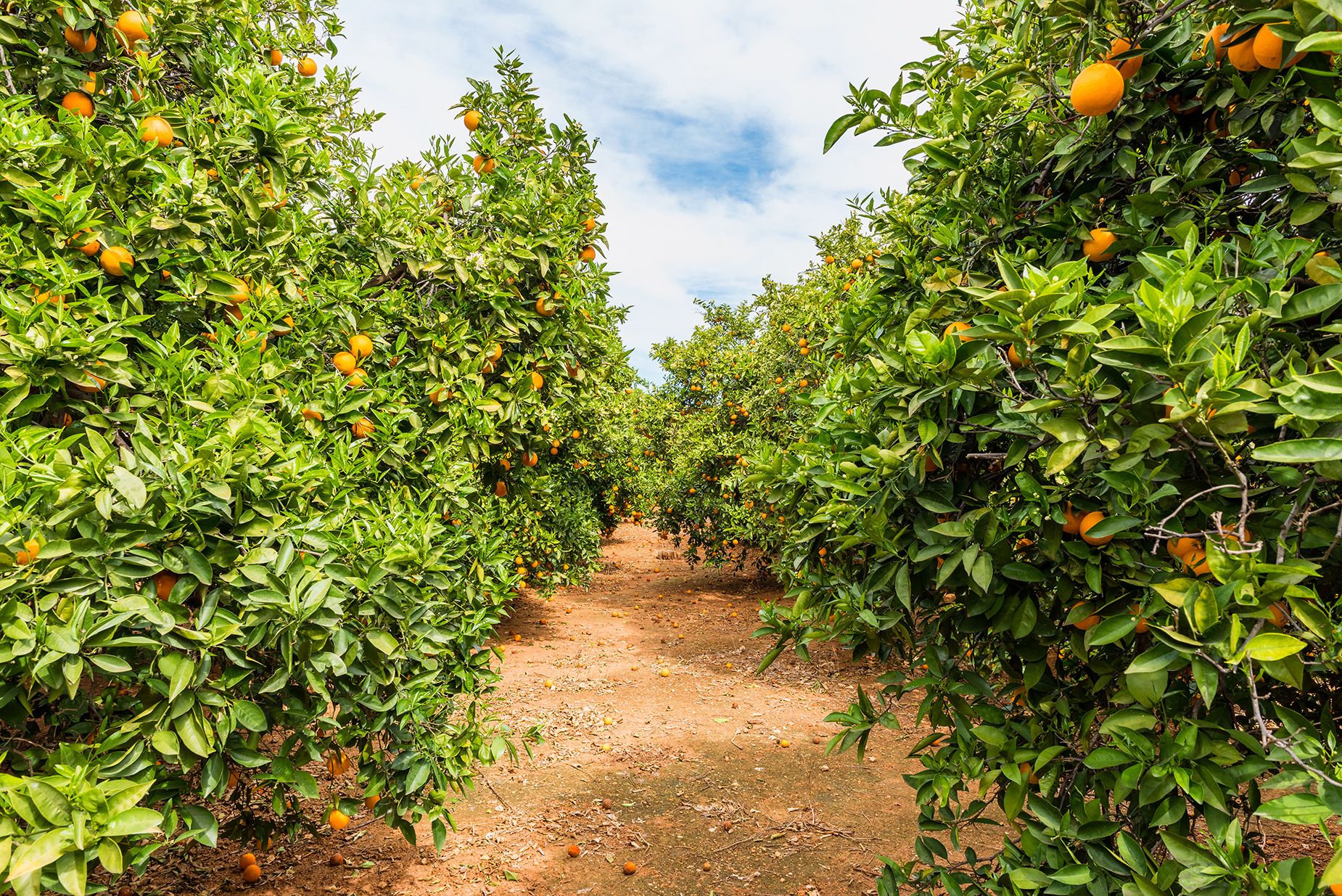The European Commission cited Valencia’s 5 million square meters of green space. According to the Commission’s Report, 97% of residents live less than 300 meters from a major green area. Whether that’s the popular wide sandy beaches of the Mediterranean or the marshy lagoon of the Albufera where Valencia’s paella rice is grown.
The Green Capital title is given annually to a city in Europe that sets an environmental example for others to follow. The European Commission awards 600,000 euros ($656,000) to the winner to fund more sustainable programs. The real prize, however, is the marketing boost that comes with a city’s certified green credentials. Previous winners have included Tallinn, Estonia, and Oslo, Norway, among others.
“I think it’s a recognition by the European Community of our common work,” says Paola Llobet, Valencia’s councilor for tourism and innovation. “It’s something that we, as a community, have been building for years, within neighborhoods. We have been protecting our orchards, our beaches, our sea, the Albufera natural park and more.”
Would-be visitors need only to look at a map of the city to see the most striking example of Valencia’s green spaces: the Turia Nature Park, a nine-kilometer-long converted riverbed that cuts through the city.

After a deadly flood in 1957, the river was redirected and the Turia was slated to become a multi-lane highway. Public opposition thwarted the development, however, giving rise to a movement that demanded more green space in the city center.
Today, the Turia has become a treasured communal space: a green ribbon that connects the fruit orchards on the outskirts to the Mediterranean Sea. Weekends are filled with soccer, rugby and baseball games at one of the many sports facilities in the park. On a sunny day, families picnic under groves of baobab and cypress trees while rock climbers and amateur acrobats try their skills at clambering up or spiraling down some of the medieval stone bridges that still span the park.
It is also home to the City of Arts and Sciences, the futuristic masterpiece of Valencian architect, Santiago Calatrava – now one of the city’s biggest attractions. Its bright white curves and skeletal supports give it a space-age design, making it a favorite shooting location for science fiction films and series, from “Star Wars” to “Westworld.”
The Turia also functions as a sustainable transportation highway. Designated paths run along the length of the park making it ideal for commuters on bicycles and electric scooters to cut through the city and avoid street traffic.
A love of cycling is what led Giuseppe Grezzi, an Italian transplant to Valencia, to get involved in local politics, eventually becoming the city’s councillor of sustainable mobility for eight years. His proudest achievement: increasing bike lanes in the city by more than 50%.
“The city is flat. The weather is perfect! I wanted to be able to bike everywhere,” he said after attending a community meeting to discuss Valencia’s Green Capital status. “We transformed the city. I was proud to be part of it. We put in so many policies to protect public space, to make the city greener, with more pedestrian areas and to reduce pollution.”
During his term, the city poured money into sustainable transport, expanding a new metro line, installing public bicycles and augmenting nearly 200 kilometers (120 miles) of bike paths that link to several “green routes” out of the city.
During the pandemic, Valencia took the initiative to convert several high-traffic areas into pedestrian-only zones, including the city’s central roundabout, where Valencia’s City Hall, the Ayuntamiento, sits in an impressive 18th-century building.

© OfficialAffairs